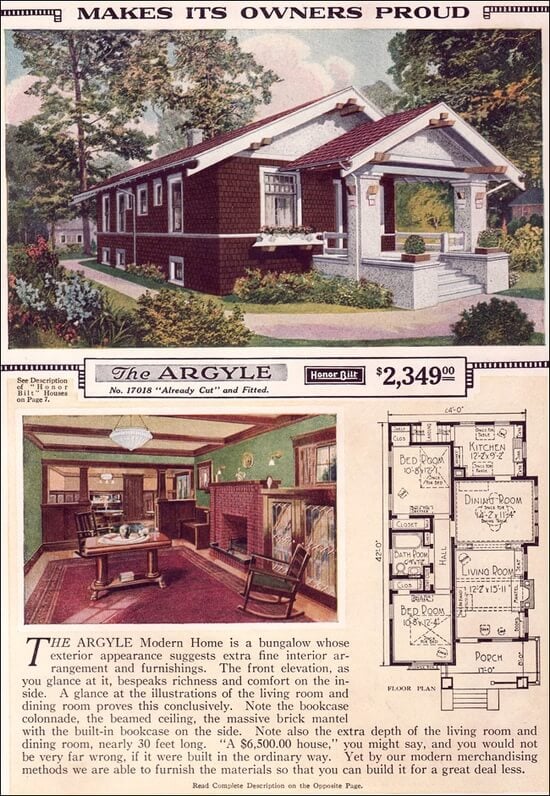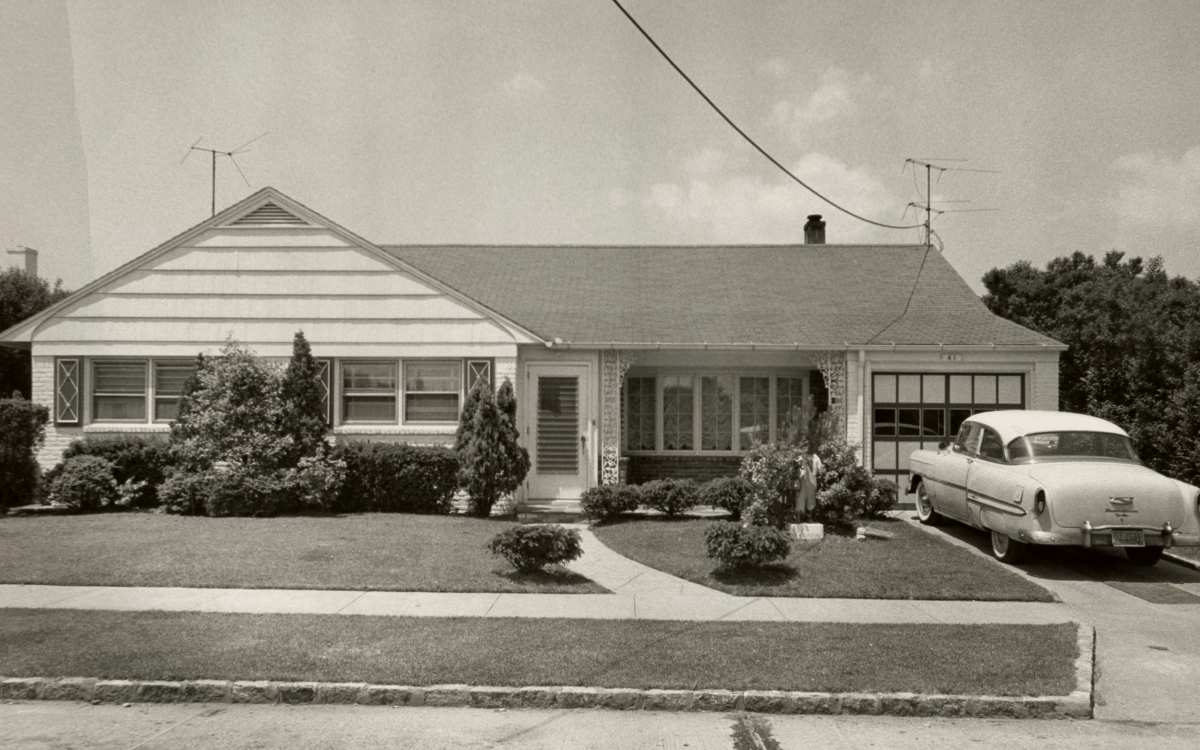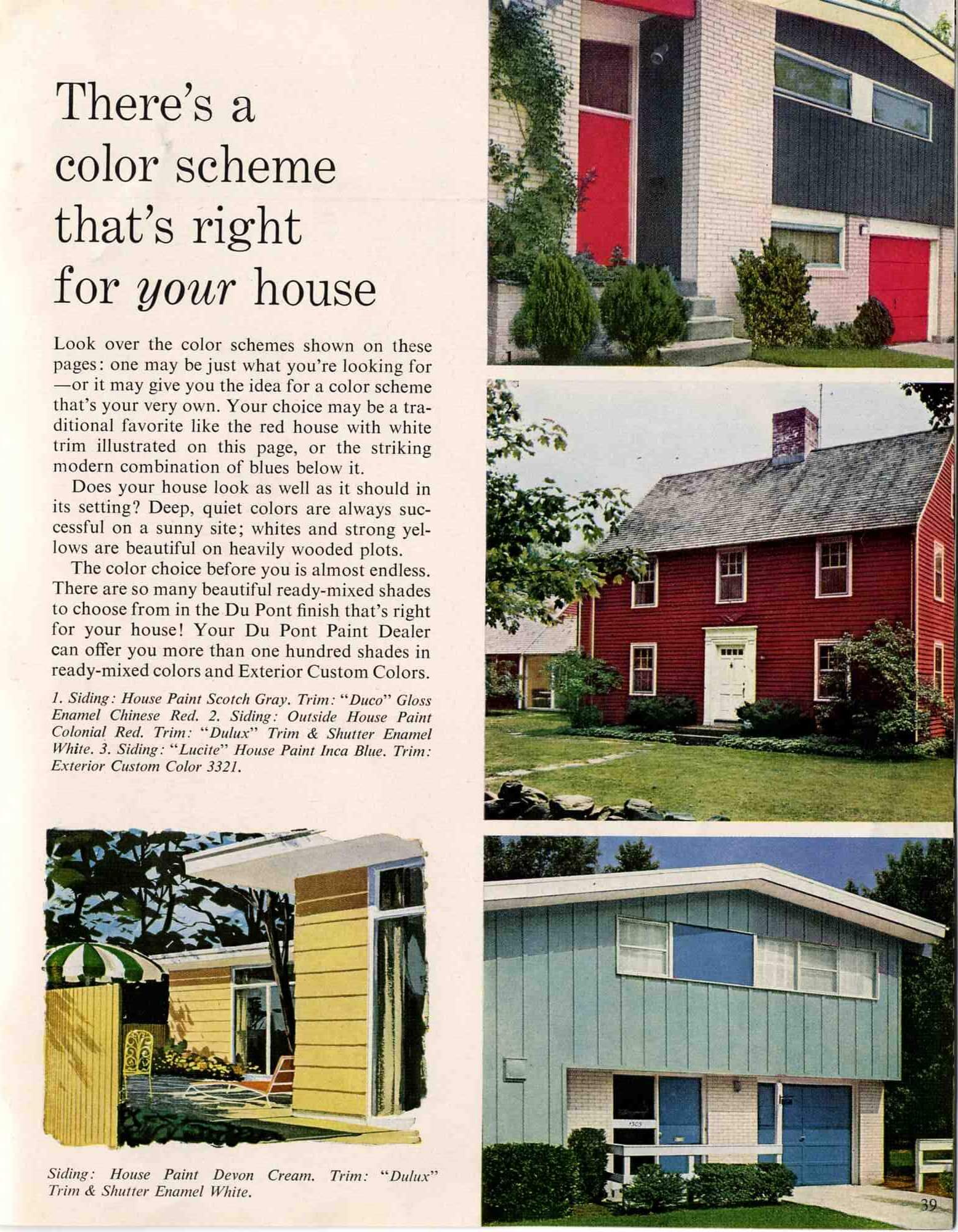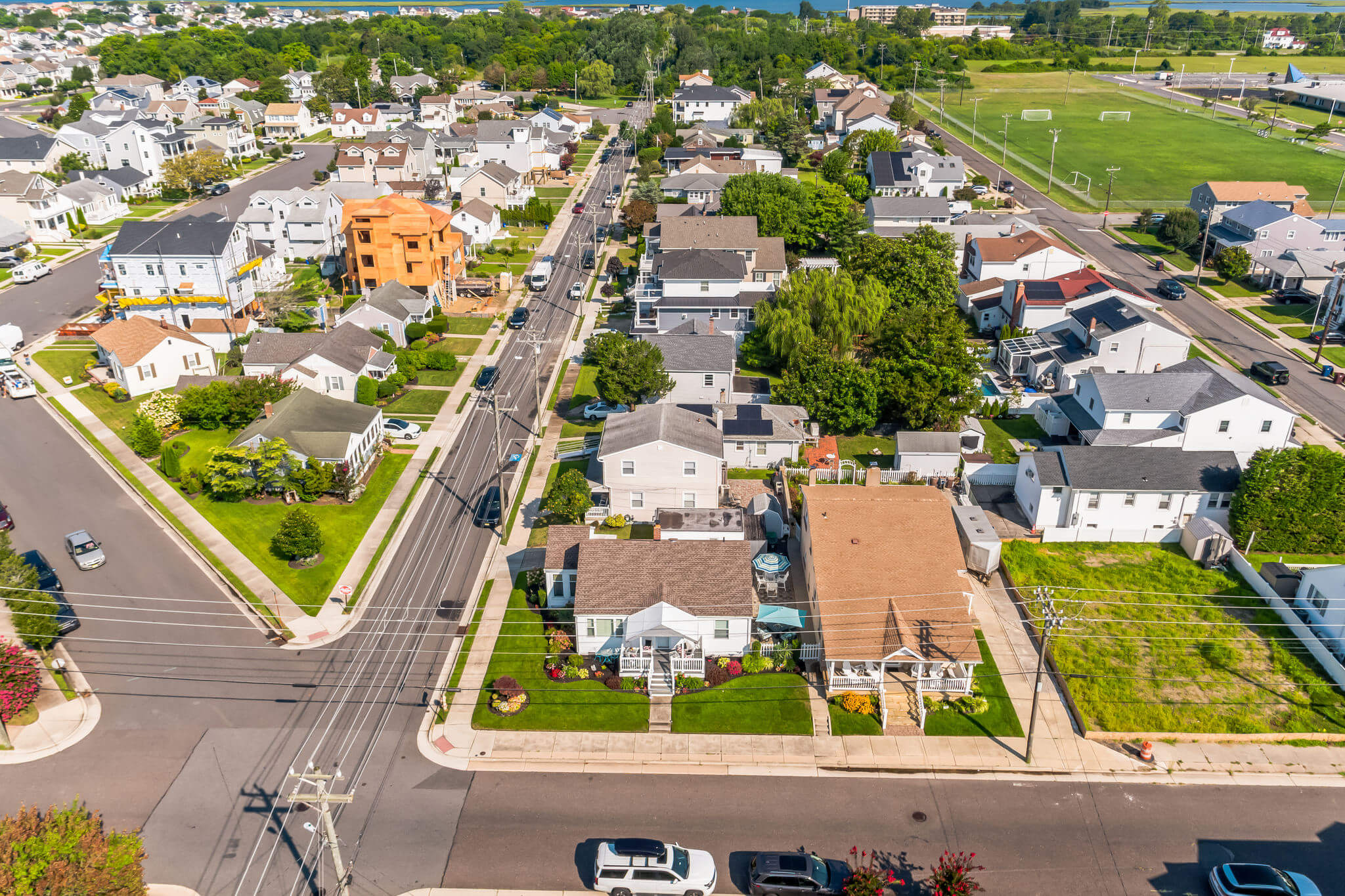The realm of real estate has always been intertwined with the art of visual representation. As homes, buildings, and plots of land have changed hands, so too have the methods we use to showcase them.
Embarking on a retrospective journey, we delve deep into the evolution of real estate photography, tracing the transformative path of real estate imagery from the mid-20th century to the digital age. From hand-drawn illustrations of the 1950s to the sophisticated 3D models of the modern era, join us as we explore the captivating evolution of real estate photography through the decades.
Hand-Drawn Illustrations (Pre-1950s)
Before photography’s widespread influence on real estate advertising, drawn illustrations were the norm. These handcrafted depictions, often seen in newspapers and specialized real estate magazines, offered prospective buyers an artist’s interpretation of a property.
Black and White Emergence (1950s-1960s)
The 1950s witnessed the gradual introduction of black and white photography into real estate advertisements. While illustrations still held their ground, the authenticity and realism brought about by photographs started to change the landscape. These images gave potential buyers a more accurate representation of the property, albeit without the vividity of color.
The Color Revolution (Late 1960s – 1970s)
The late 60s and early 70s marked a significant transition in real estate photography, with color photographs slowly replacing their black and white counterparts. Color imagery offered a richer, more detailed insight into properties, allowing potential buyers to appreciate aspects like the interiors, wall colors, and the vibrancy of gardens. Listings became more appealing, driving a more emotive and genuine connection with prospects.
The Flyers and Brochures Era (1980s – 1990s)
In these decades, photography’s primary role in real estate marketing was evident in flyers and brochures. While photography was gradually becoming more prominent, digital evolution was yet to make its mark.
During this period, film-based SLR (Single Lens Reflex) cameras were the workhorses of the industry. Photographers relied on rolls of film, which after shooting, were sent for development in darkrooms or photo labs. This process often involved a waiting period, making the turnaround time for images slower than what we’re accustomed to today.
The Dawn of the Digital Age (Late 1990s – 2000s)
Digital cameras began replacing film in the late 1990s and early 2000s, bringing with them a multitude of advantages. Instant feedback, easier editing, and rapid online sharing transformed how properties were captured and showcased. This shift heralded a new age, with digital cameras becoming the cornerstone of real estate photography.
Around the turn of the millennium, Multiple Listing Services (MLSs) began to make their appearance online. By 2001, property listings became accessible on broker websites. Yet, the limitations of dial-up internet made viewing photos online a cumbersome experience.
The mid-2000s ushered in a new era with the birth of nationwide websites like Realtor.com and Zillow. These platforms revolutionized how properties were listed and viewed, yet the real visual boom was just on the horizon.
HDR (High Dynamic Range) Photography (Late 2000s)
Digital photography was not just about capturing images; it was also about enhancing them to better reflect reality. As software and camera technology underwent rapid advancements, High Dynamic Range, or HDR, began to carve its niche.

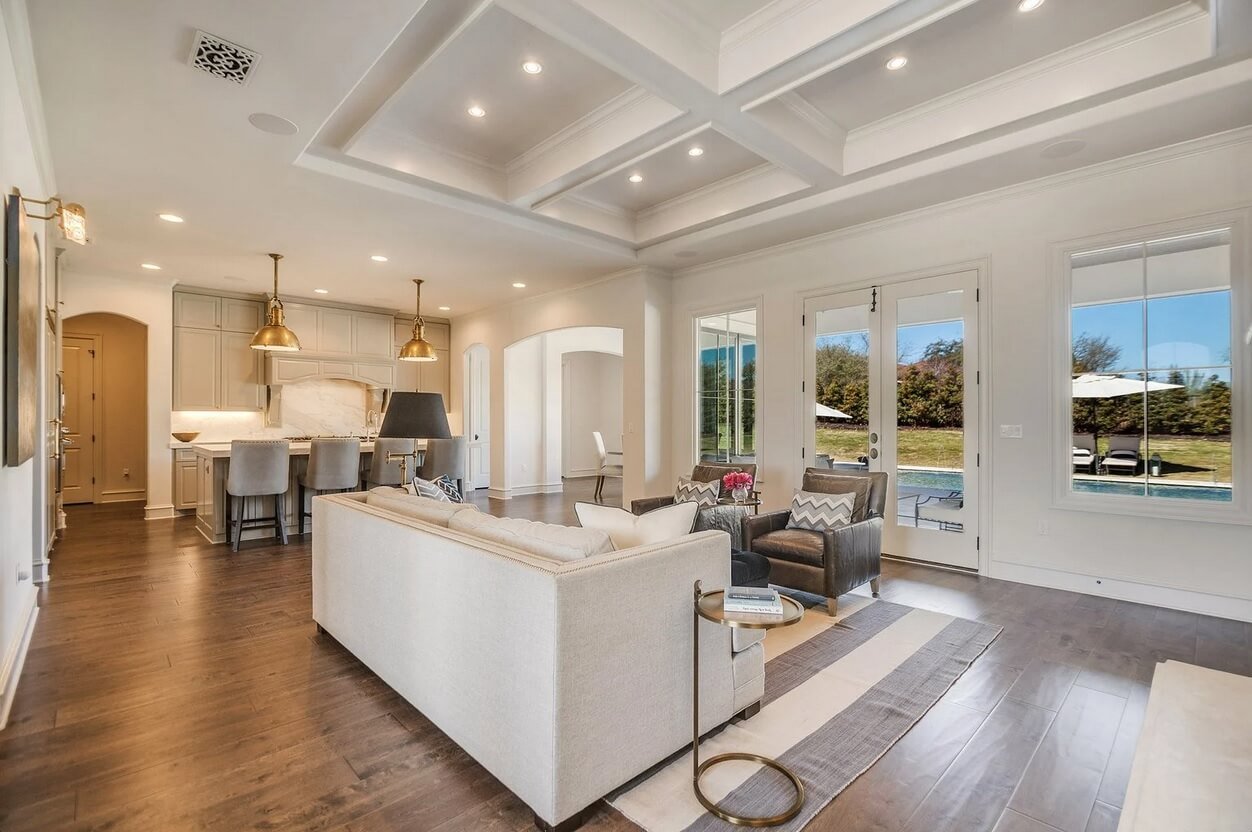
By merging multiple exposures of a single scene, HDR photography illuminated the shadows and toned down the highlights, creating a balance particularly useful for real estate. The common challenges of photographing interiors, such as bright windows juxtaposed against darker rooms, were addressed, offering viewers a clearer, more detailed look into properties. This method redefined how properties were showcased, ensuring every corner, nook, and cranny was perfectly lit, making listings even more appealing to potential buyers.
The DSLR Video Revolution (2009 – 2010s)
Canon’s introduction of the first DSLR camera capable of shooting video in 2009 was a game-changer. It coincided with the rise of YouTube, making video production and hosting more accessible and cost-effective. The early 2010s saw the proliferation of real estate videos, offering a more dynamic view of properties.
A New Perspective: Drone Photography (2013-2014)
The mid-2010s were marked by the introduction of drone photography. Before this period, aerial shots were an expensive luxury, reserved for high-end properties and taken from helicopters or planes. Drones democratized aerial photography, making it accessible and affordable.
Immersive Experiences: 3D Virtual Tours (2014)
Virtual tours began making waves in the late 2000s, allowing prospective buyers an immersive experience. Matterport, founded in 2011, introduced specialized cameras by 2014 that could easily create detailed 3D models of properties, further enriching the virtual tour experience.
The entry of Ricoh’s 360 cameras into the consumer market revolutionized the field yet again. These cameras, known for their affordability and efficiency, dramatically reduced costs for photographers. They streamlined the process of creating virtual tours, making them both faster and more economical.
What’s Next?
The evoluton of real estate photography over the decades is a testament to technological innovation and its profound impact on industries. From simple flyers to sophisticated 3D models, the field has continually reinvented itself, always striving to offer a richer, more insightful view into properties.
As technology continues to advance, it’s exciting to imagine what the next chapter of real estate photography will unveil.


